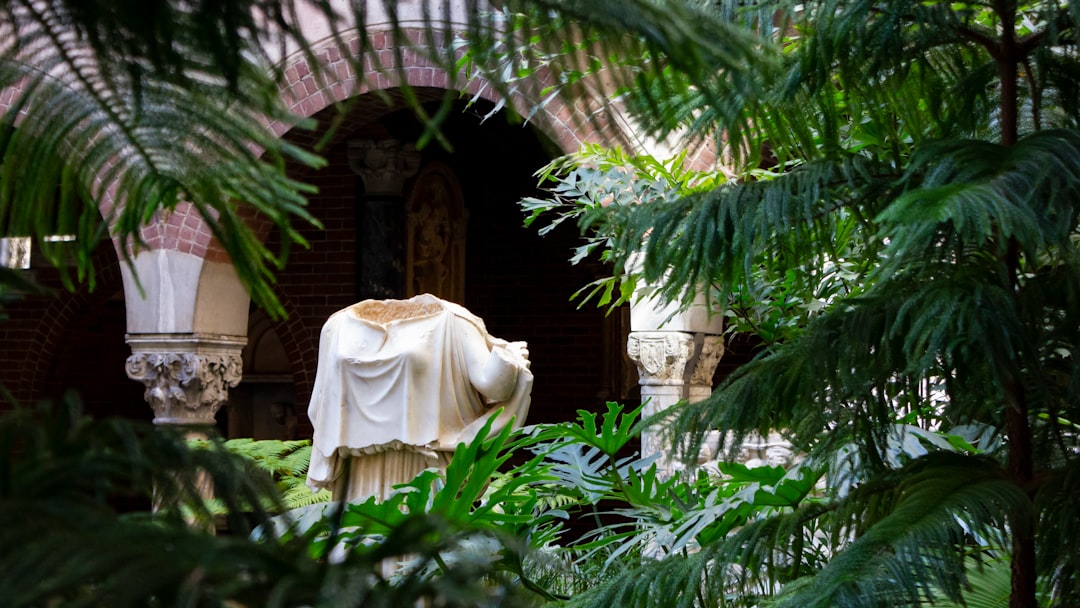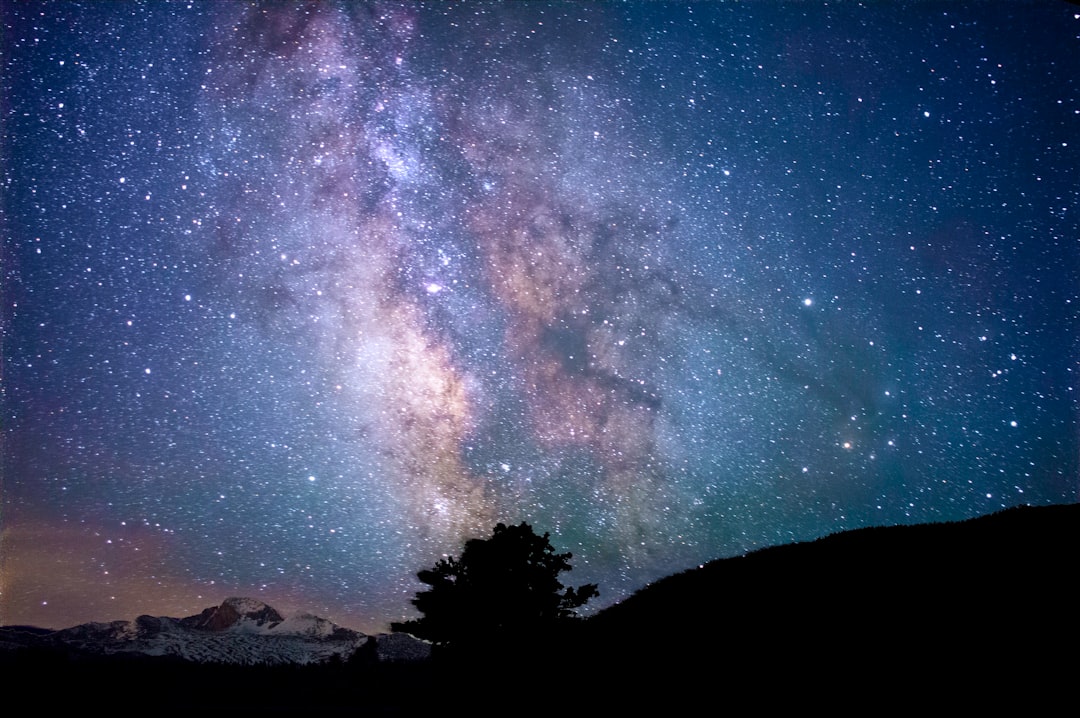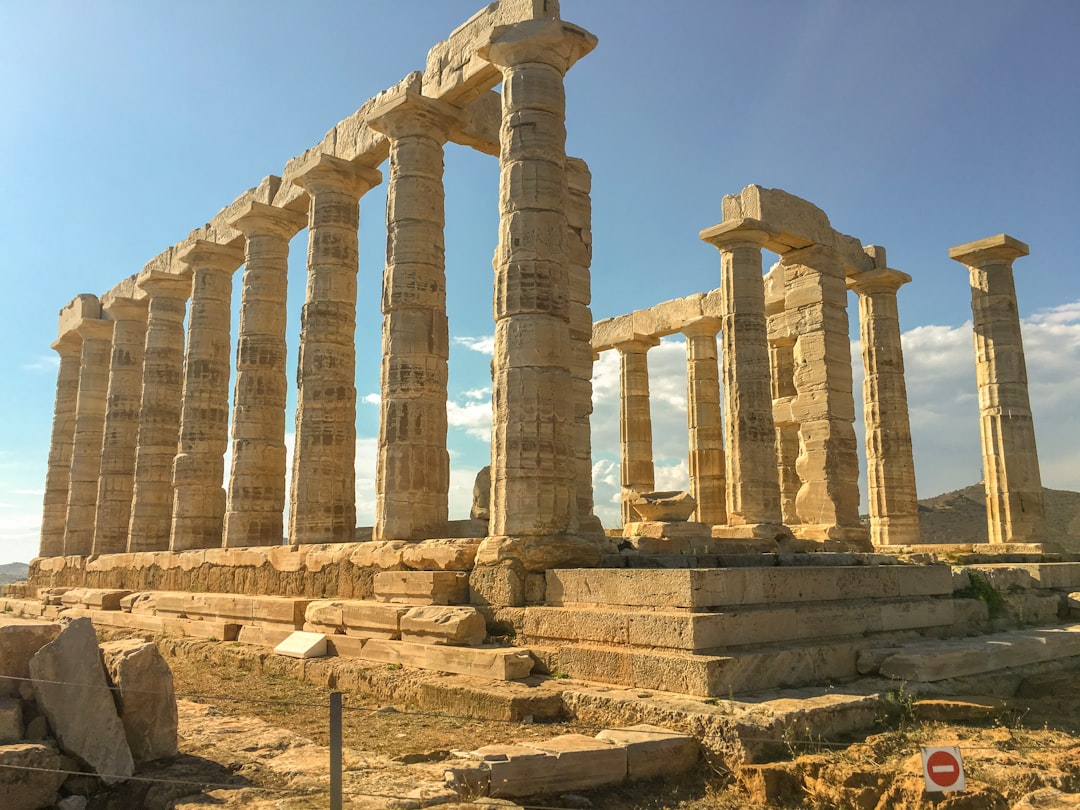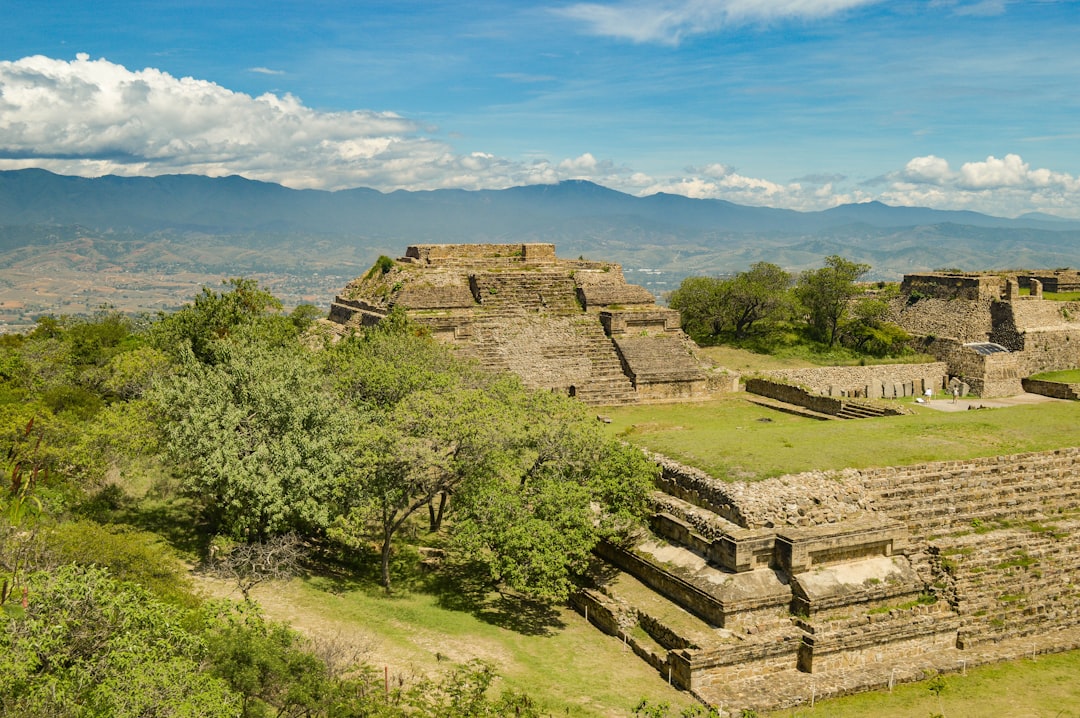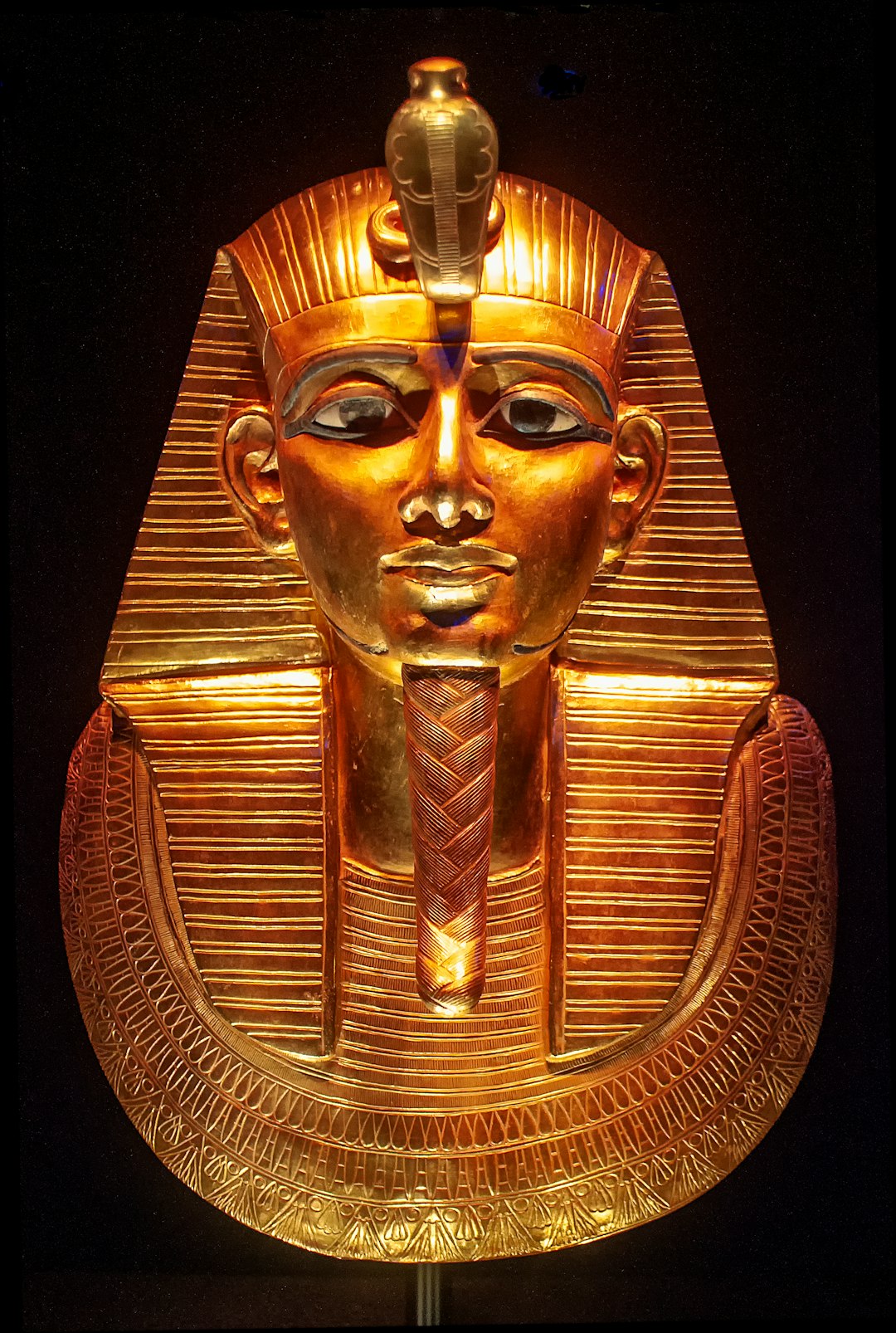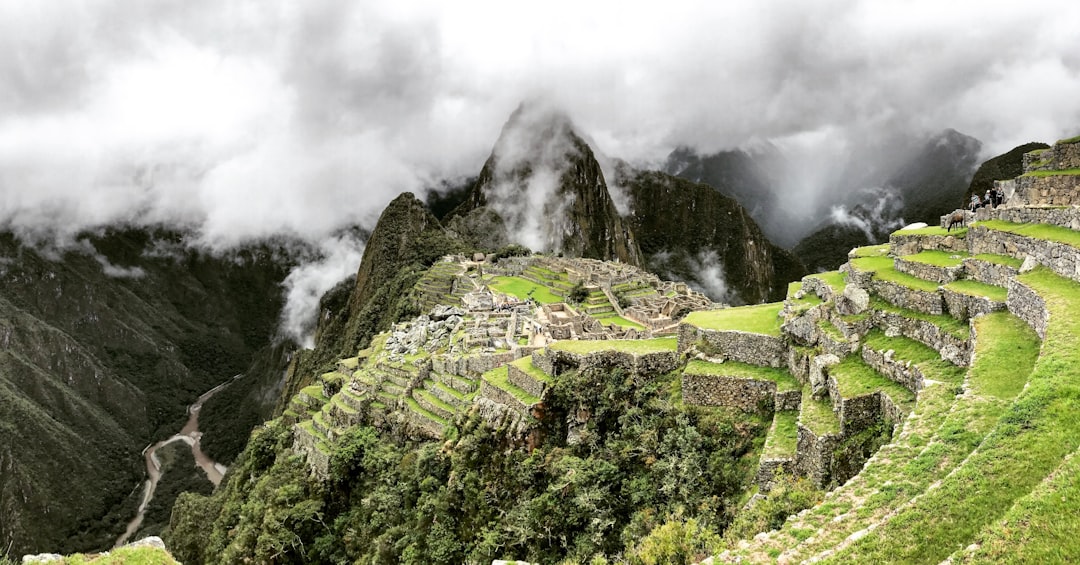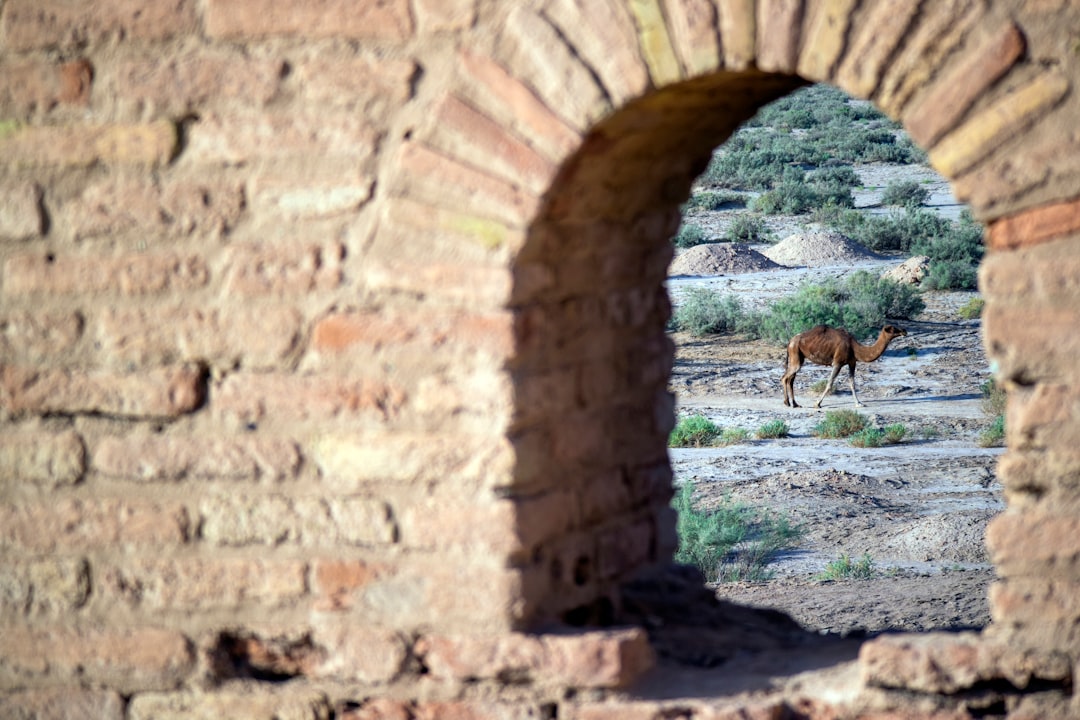Mankind has forever been fascinated by the stars. In the age of darkness, they provided a twinkling suggestion of life beyond Earth. The distant light scattered across the velvet black would have provided stimulation, mystery, and solace. The Star Maps we create today are a reflection of how the stars can be used to symbolize love, friendship, or commemorate great days in history. Here are 8 Forever Moments for your Star Map.
For millions of years, the Sun and stars have carried humankind. Ancient peoples used celestial bodies for mind and body. The intrigue would be food for the soul. The glowing Sun brought and sustained life on Earth. At the same time, the blazing stars guided weary travelers home.
Many ancient cultures used stars for navigation. The interest of humankind in celestial bodies was established from very early ages. Early man’s gentle stargazing progressed to rudimentary tools to observe the night sky and the unfathomably powerful Hubble telescope today.
The earliest navigation method adopted by people at those times includes watching the direction of the stars and the Sun. People also used to observe landmarks for finding paths and planning their journeys.
Sailors and pirates of yonder times would first navigate the open by maintaining a glimmer of land on the horizon. When the land disappeared, the constellations appeared in the. This way, they were able to mark their location.
The story of navigating by the stars appears time and again in many ancient cultures. Scientists have discovered various artifacts that clearly show that people at those times used stars for finding their path.
Read: 10 Ancient Technologies You Won't Believe
The earliest stargazers:
The Babylonians
Way back in 1800 BC, the Babylonian civilization was among the first who studied the movement and orientation of stars. The intellectual and free-thinking Babylonian masters documented the movements of the moon and the Sun. They kept exquisitely detailed manuscripts reporting the movements of the heavenly bodies daily, monthly, and yearly.
Babylonians were the first to document one of the most important observations: Haley’s Comet. The ancient astronomers also had the clarity and foresight to divide up the sky.
There were no typewriters in Babylon. No printers to churn out the texts. Each observation was entered by hand in elegant, flowing Aramaic. The manuscripts were used to navigate over sea and land. The stars guided travelers through stormy ocean and deserts alike. They also used the knowledge of stars to predict future or upcoming events and plan their harvests. Of course, like the astrologers today, many believed the stars could be read as a crystal ball in the sky.
The Ancient Greeks
Greece plays a vital role in the history of astronomy. The ancient Greeks devoted vast swathes of time to understanding the heavens and the mysterious pinpoints of light in the night sky. Astronomy would be a very different field today, were it not for those industrious ancient Greeks. They formulated many theories and developed many mathematical equations to explain the universe and its diversity.
They did not do things by halves back then. The famous Greek scholar Eratosthenes was a mathematician, poet, geographer, and musician. He is renowned for his incredible astronomical breakthroughs. He is perhaps best remembered for calculating the circumference of Earth. Imagine adding that to your LinkedIn resume!
Pythagoras is another name that may ring a bell. He was a philosopher and a mathematician. He suggested that the shape of the Earth is spherical, just like other celestial bodies. He indicated that the numbers could express the movement of stars, Sun, moon, and other heavenly bodies. Today, many students echo his name when they study the Pythagoras Theorem.
Greeks discovered different stars orientations to find ways in the dark. Many academics credit Ancient Greece as being the birthplace of the discovery of the constellations. This was a significant breakthrough in the history of astronomy. Constellations made it easier to interpret and recognize star patterns in the sky.
By recognizing the shapes and likening them to everyday objects or animals, the Greeks breathed life into the stars. These constellations were handed over generations through stories. Later in the third century, poet Aratus described ancient Greek constellations in his poem “Phaenomena.”
Who were the Greek Gods of the Planets?
Today, the International Astronomical Union recognizes 88 official constellations based on the early observations by ancient Greeks. Ptolemy drew up a catalog of 1022 stars with a range of brilliance. In short, Greeks made a considerable contribution to the field of stars and navigation through stars.
The Romans
Navigation in Ancient Rome was based on local knowledge, stories passed on from father to son, shared experiences between soldiers and sailors, and observing the natural phenomenon. The most common method used was navigating with the insight of land. The sailors noticed their positions relative to the recognizable landmarks ahead, and thus this formed the basis of their sailing directions.
In stormy conditions, they lost sight of the land. Roman sailors then discovered they could navigate the seas using the North Star. They also used the Sun to get directions at noon, but this was a less precise method. They were the first to use wind and swell to guide their ships.
Romans inherit navigations skills from the Phoenicians. The concept of “Ursa Minor” and “Ursa Major” was passed down and used to guide boats back to the land.
The Mayans
The Mayan civilization was also profoundly interested in the stars. They used to seek guidance from stars for various purposes. Their primary interest was in movements of the stars, the Sun, and other planets.
They also invented tools to cast shadows. The purpose of these early machines was to observe the movements of stars. Based on these observations, they documented the positions of the stars in the sky over various times in the day, month and year.
Using these observations, they developed an early calendar. They also used this information to carve out directions in sand-storm deserts and turbulent seas.
The coastal and inland Maya sought food, other tribes and new lands using their own canoes. But traveling through the sea required special knowledge of shoals, weather, wind, currents, and navigation – this is where the stars came into their own.
The Egyptians
Photo by Robert Thiemann / Unsplash
The Ancient Egyptian culture is one of the most advanced and wealthiest cultures of ancient times. They have made magnificent contributions to astronomy. The base of modern astronomy lies in Egyptian civilization. Like other ancient cultures, the patterns and movement of the celestial bodies inspired many myths about future events.
Egyptians are not the only ones who believed in astronomy and myths related to it. They have constructed awe-inspiring pyramids and vast temples whose very architectural foundations reflect astrological positions.
History shows that Egyptians were familiar with the North Star called “Polaris.” the Great Pyramid of Giza is an example. The pyramid is built to align with Polaris. Take a moment to let that sink in. They named the North star as “Thuban.”
There are numerous astrological places in Egypt. One of them is Nabta Playa. The place has a large circular stone structure. The stone is presumed as a big calendar that specifies the summer solstice.
The difference between Egyptian culture and other ancient civilizations is that the Egyptians did not only use astronomy for religious purposes. They also linked practical events to astronomy and the study of stars. They used this knowledge to navigate through the River Nile and avoid flood situations by advance prepping. The Pharoahs would have been well-prepared for a pandemic!
Egyptians have their pyramids lined up with the pole star. The colossal size and towering height of the pyramids thus helped Egyptians estimate their location while navigating. Egyptians had also created a star chart that helped them locating star positions. Some of those ancient Egyptians must have had real wanderlust!
Another amazing thing about Egyptians astronomy is their calendar, which is very close to today’s one. They also had 30 days in a month and 365 days in a year. The only difference is that they had ten days in a week, making up three weeks in a month.
The Ancient Chinese
The Chinese have the most authentic and detailed documentation of their astronomical findings. Gan De, an ancient Chinese astronomer, discovered a small star around Jupiter. The star was reddish. Another early astronomer Shi Shen wrote eloquently about the moon in a solar eclipse and even left instructions on how to predict future eclipses.
The ancient Chinese astronomy mentioned a star that suddenly appears among a group of fixed stars. Later on, it was believed that they might have seen a Supernova. A Chinese archaeologist discovered a star map in a Buddhist cave that was as old as AD 700. It was named Dunhuang Star Atlas.
Read all about The Story of Maps!
The Chinese went o**n epic sea voyages using rudimentary canoes and rafts as far back as 7000 years ago. They used the northern star for navigation. Millions of lonely travellers can thank the Chinese for the handy compass in their backpack, which was invented in the 11th century. They also used the Qianxing Board to navigate and find directions with the help of stars.
Finally, the Dunhuang star map is the first-ever graphical representation of stars used for navigating. It is the world’s oldest preserved star atlas.
The Persians
Astronomy was enormously popular in the Persian civilization. Azophi was a famous Persian astronomer. He wrote a book named “The Book of Fixed Stars,” which contains the earliest mention of the Andromeda Galaxy. In this book, he made corrections to the old constellations inscribed by Ptolemy.
The Persians had a fixed space for stars divided into three parts. It was called “Uiabanik.” Also, three stars and a constellation were called “Sepahbodi.” They used these combinations for finding directions and navigating on Earth.
The stars were integral to communities in civiliazations throughout history. Men and women from all far-flung corners of the Earth, Peru to Babylon, observed the same night sky.
We have calcium in our bones, iron in our veins, carbon in our souls, and nitrogen in our brains. 93 percent stardust, with souls made of flames, we are all just stars that have people names.
― Nikita Gill


